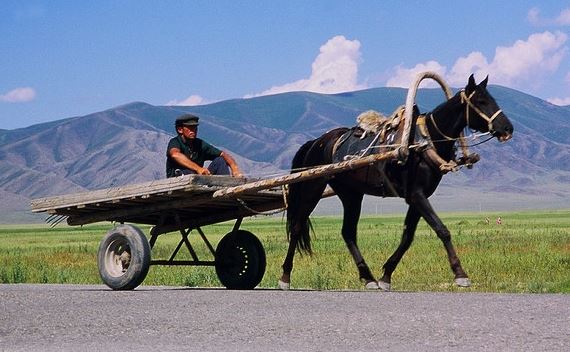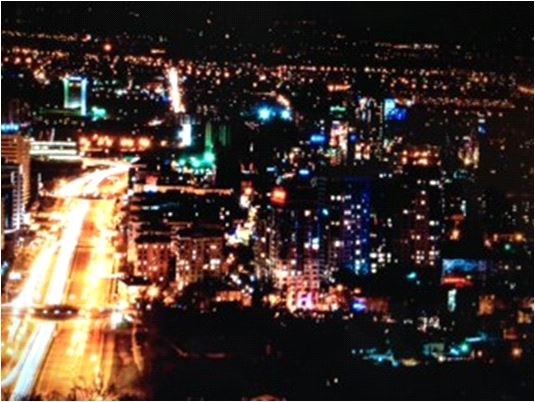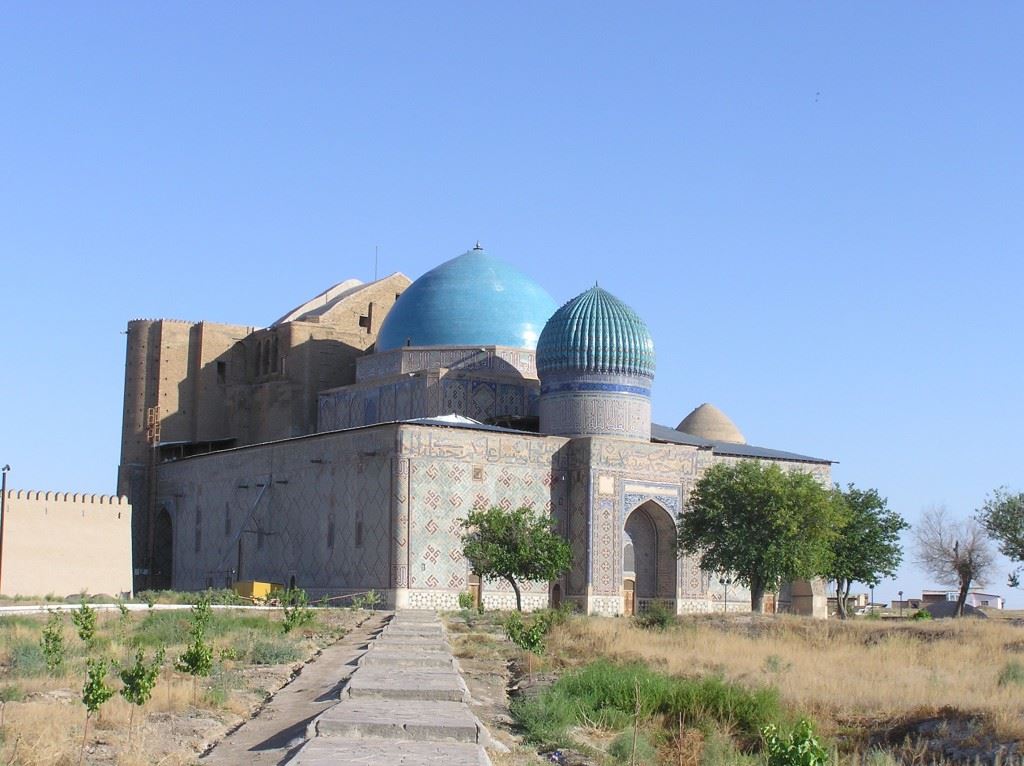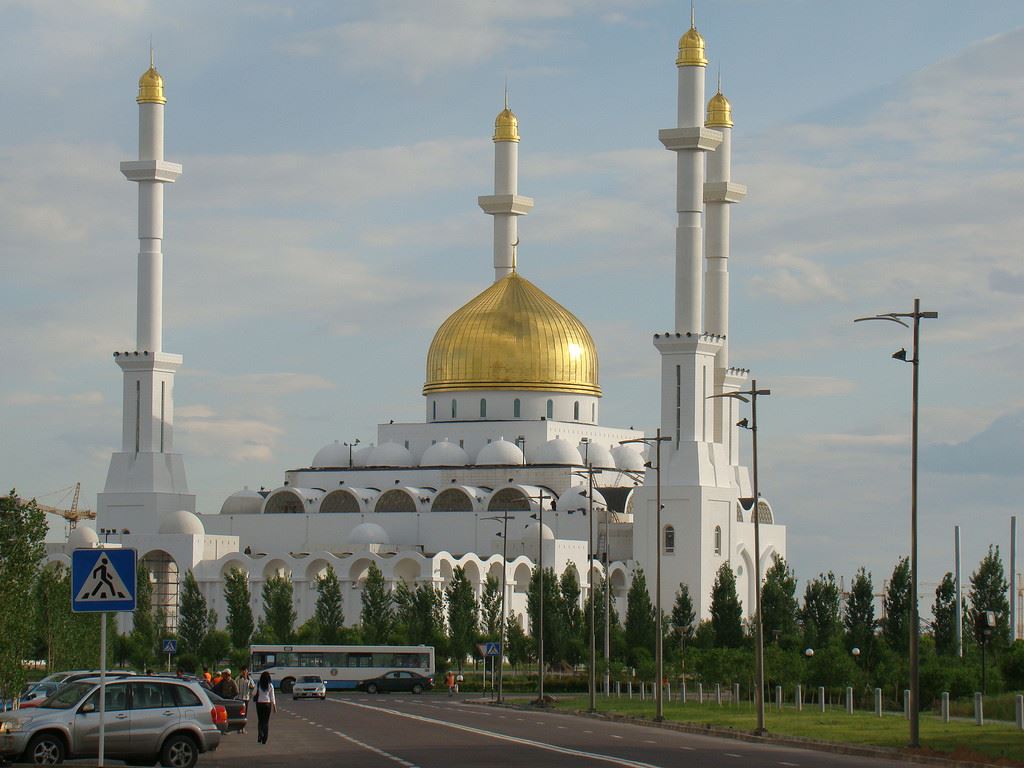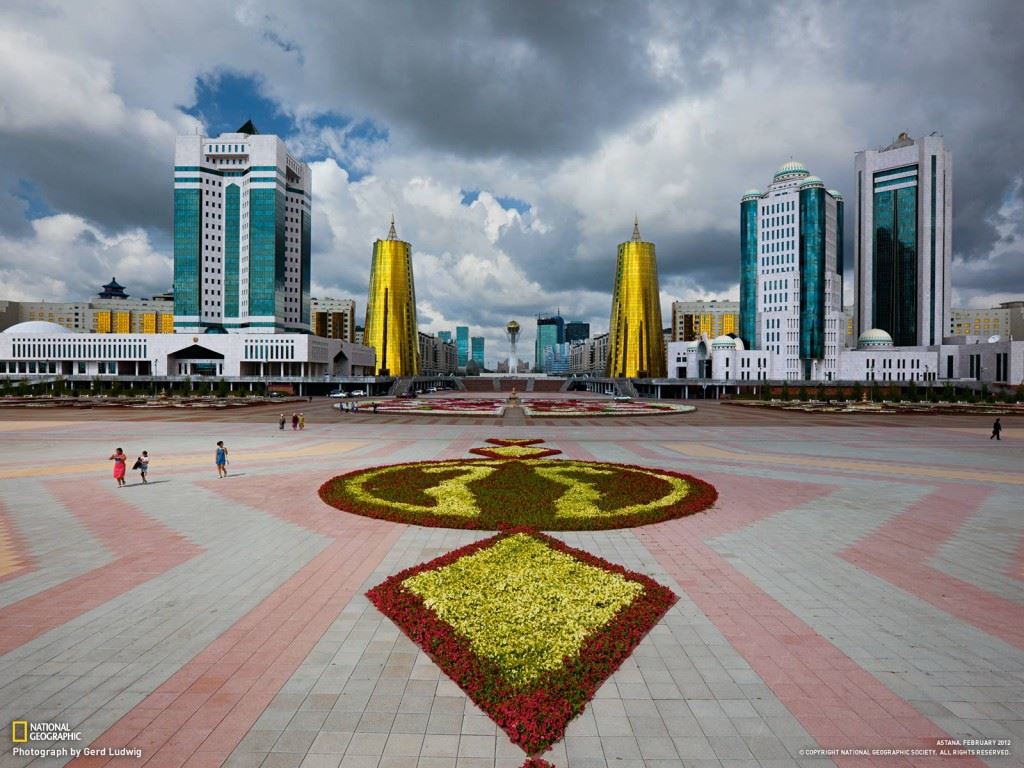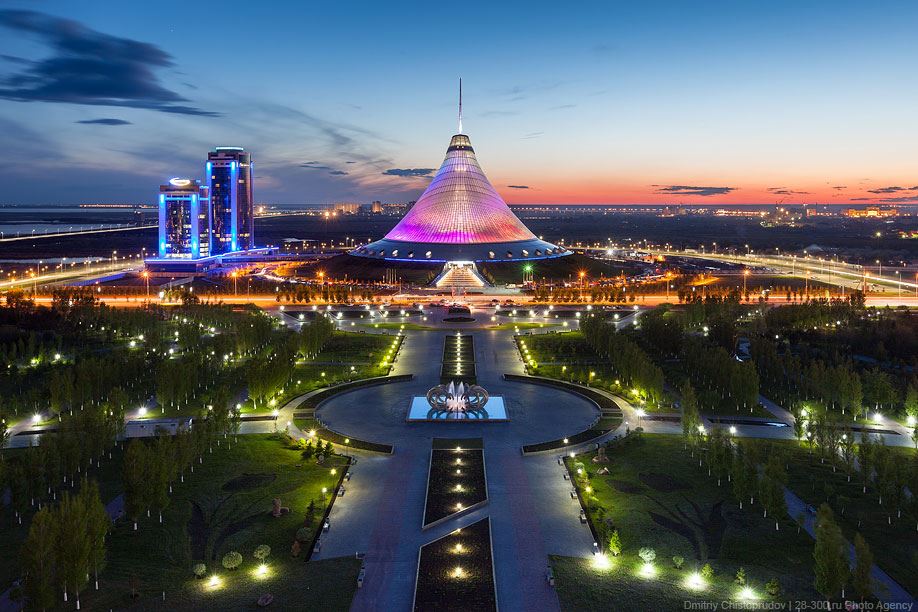|
International
This page presents the international work of members of Psychoanalytic Practitioners. Our members are active in teaching psychoanalysis in different countries, and Kazakhstan is one of the most recent countries visited. Below is some general information about Kazkhstan, a summary of the Round Robin article “Psychoanalysis in Kazakhstan,” and the full text of the article. This page is a work in progress as the work of Psychoanalytic Practitioners members in other countries may be added at any time.
|
KAZAKHSTAN Kazakhstan covers two time zones and stretches from Siberia to the deserts of Turkmenistan and Uzbekistan, and from China to the Caspian Sea. The topography of the country includes snow-capped mountains, deserts, flatlands, steppes, taigas or boreal forests, rock-canyons, and deltas.
Ethnic cultural centers have been established in all areas of Kazakhstan, to support ethnic identity of different nationalities. Their highest forum is the Assembly of peoples of Kazakhstan. Kazakhstan, with its population of 17 million, gained independence from Russia on December 16, 1991. The state language is Kazakh, but the Russian language is still used as a language of interethnic communication for the 131 ethnicities in the country. Kazakhstan has 3% of the world’s oil reserves and 62% of the country is occupied by oil and gas areas. More than 80 of the 172 oil fields, which are mostly in the western part of the country, are under development. Since independence, Kazakhstan has been working to develop and expand its economy. Since 1997, the capital city has been Astana, which has many amazing structures designed by architects all over the world. It is the second largest city after the former capital, Almaty. Almaty remains the financial center. The monetary unit is the tenge (KZT). Almaty
Almaty literally means ‘city of apple trees,’ and, because of its relatively mild climate, has a wide range of apple trees. The Almaty area is said to be the genetic home for many varieties of apples. A traditional story links the taking of the apple from the tree in the Garden of Eden to Almaty. The Turkic name for apple is Alma and Ata meaning forefather, which could lay it open to be possibly the origin of the Apple, the Garden of Eden.
| PSYCHOANALYSIS IN KAZAKHSTAN:
| TURKESTAN
The mausoleum of Khoja Ahmed Yasawi is an Islamic religious monument built in the Timurid architectural style. Khodja Ahmed Yasawi is the most prominent religious figure in the history of Sufism (a mystic movement in Islam). He also was a poet and philosopher. He died in 1166 or 1167 (some sources say 1146), and was buried in a small mausoleum attracting many pilgrims. It was Timur who erected the immense mausoleum over the burial vault of Ahmed Yasawi in the 14th century. In fact, the “Mausoleum” is more like a multi-functional building: a meeting hall, a mosque, an archive and with rooms for the serving staff. It’s situated in the town of Turkestan. After the death of Timur in 1405, the buildings remained unfinished. ASTANA
Astana, the new capital of Kazakhstan, is extremely attractive to young strivers seeking success. It has many new buildings with very interesting architecture, as architects from all over the world contributed designs.
One of the exciting new buildings, Khan Shatyr, opened in 2010. The Khan Shatyr is a giant transparent tent. After dark, the buildings change hues as the night progresses. The Space Program in Kazakhstan After spending nearly six months on the International Space Station, an astronaut and two cosmonauts have landed safely back on Earth. While in orbit, they traveled almost 71 million miles, NASA says. Cmdr. Barry Wilmore of NASA and flight engineers Alexander Samokutyaev and Elena Serova of the Russian Federal Space Agency (Roscosmos) touched down in Kazakhstan on Thursday morning, local time. They began their trip home by undocking a Soyuz TMA-14M spacecraft from the space station and undergoing a 4-minute, 41-second deorbit burn, NASA says. A parachute later eased the Soyuz craft down to the recovery area near the town of Zhezkazgan, Kazakhstan.
|

